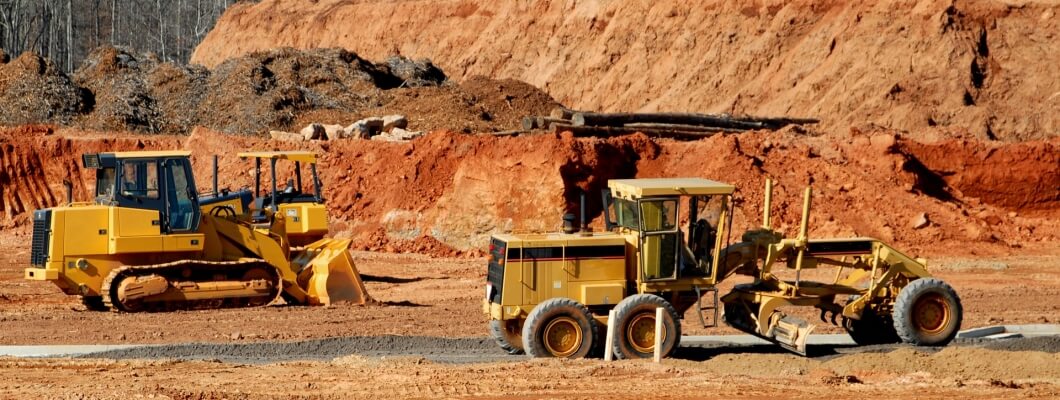 Okay, put away your fedora, leather jacket and turn off any Indiana Jones tune in your head. The ancient treasure buried all over New York City, isn’t “that” kind of treasure. The treasure New Yorkers are digging up these days is just plain ol’ dirt.
Okay, put away your fedora, leather jacket and turn off any Indiana Jones tune in your head. The ancient treasure buried all over New York City, isn’t “that” kind of treasure. The treasure New Yorkers are digging up these days is just plain ol’ dirt.
Sorta’.
According to a July 25, 2018 article in The New York Times, just under the top layer of New York City dirt, a few feet under the rubble, broken glass and bricks, lower than top soil contaminated by a hundred years of industrial by products, are tons of valuable soils and other fill material. A few feet below the surface, are sediments laid down by glaciers during the Ice Age. The article quoted Geologist Joshua Cheng as stating that just below the surface ground, in parts of the city, there are deposits of sand, silt and rounded pebbles 200 to 300 feet deep. Until recently, soil (contaminated and usable) in and around construction sites in this city were all dug up and hauled away. Lumped together the good and bad soils were viewed as toxic waste and carted off to dumps and landfills. The article said, yearly, up to three million tons were carted away!
And, much of what had to be carted away needed to be replaced with “clean” fill.
All the digging up, hauling away and replacement action added up to a costly endeavor.
So, the city has created the first local government soil exchange in the world. The NYC Clean Soil Bank. According the the soil bank’s website, “The NYC Clean Soil Bank is a non-profit and no-cost soil exchange operated by the NYC Mayor’s Office of Environmental Remediation that enables clean native soil excavated from deep below the ground surface during construction of new buildings in NYC to be directly transferred to nearby construction projects that need soil.”
The NYC Clean Soil Bank is not stockpile or warehousing operation. According to the city website, the “exchange matches projects in NYC that are generating surplus clean native soil with projects that need soil for new construction so that the soil can be transported directly between these sites. This is the most sustainable approach available for recycling of soil.”
The article stated that in five years, half a million tons of excavated materials have been delivered to various projects in the city, at a savings of $30 million!
Sixty percent of the soil has been used on projects that make the city more resilient to climate change. These include projects for raising land elevation in flood prone areas and creation of fresh water and tidal wetlands. Ten percent of the soil has been used to remediate contaminated land. The remainder has been used as deep fill and to shape land surfaces. The clean soil project also has at least one other trick up their proverbial sleeves.
They are testing these urban soils ability to act as “sponges.” They are planting different types of cover-crops throughout the city in an attempt to suck out carbon dioxide and nitrogen from the atmosphere – this, combined with less hauling of dirt to faraway dumps – is hoped to help curtail global warming.
Other cities around the globe are watching to see how New York’s Clean Soil Bank program works, so stay tuned. There could be a soil remediation project coming to a town near you!
Websites to check out:
www.nyc.gov/html/oer/html/nyc-clean-soil-bank/nyc-clean-soil-bank.shtml
https://www.sciencedirect.com/topics/agricultural-and-biological-sciences/soil-remediation




Leave a Reply